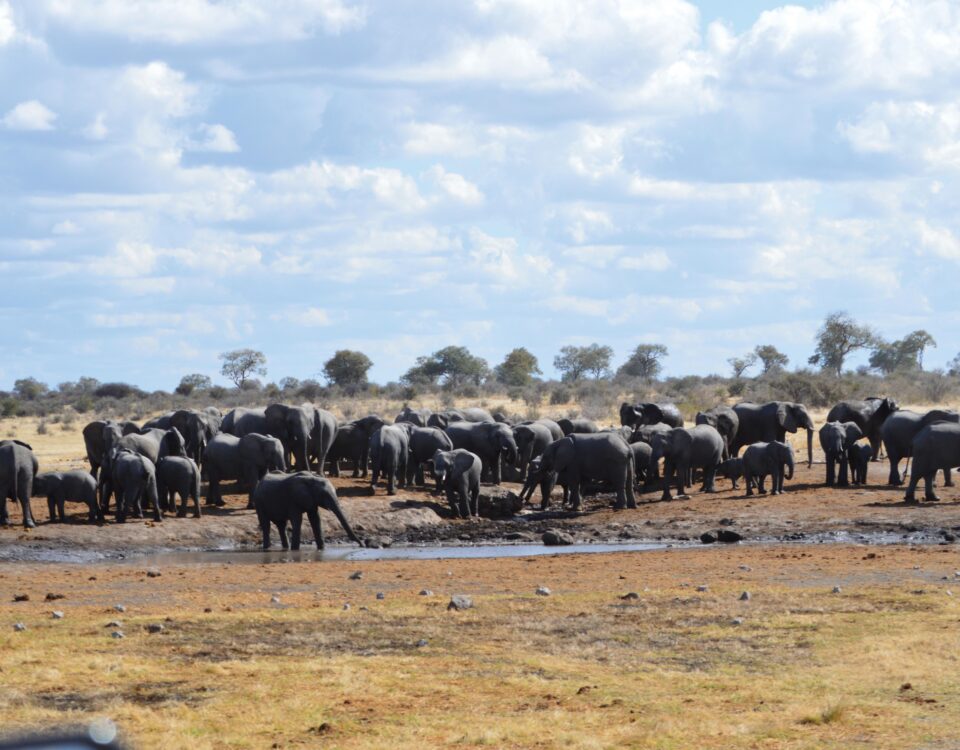The Peace Parks Concept
June 18, 2012The zebra snake antivenom project
June 18, 2012By Amy Schoeman
A gradual homecoming to Namibia’s coastal waters
Baleen whales were once plentiful in the seas off Namibia’s coast, but by the turn of the century they had virtually been wiped out by large whaling fleets, mostly American. For the past 100 years or so the plethora of bleached bones lying along the coast, especially in the Skeleton Coast Park, were the only evidence that they had once occurred in large numbers in Namibian waters.
According to Dr Jean-Paul Roux, marine biologist at the Ministry of Fisheries and Marine Resources stationed in Lüderitz, an estimated number of between 20 and 30 Southern right whales, Balaena glacialis, the species after which Walvis Bay was named, calved on the coast in the Walvis Bay area during 1999. Records of whales calving along the coast go back as far as the 1980s, and sightings of these giant mammals in Namibian waters go back even further.
Baleen whales belong to a large group of marine mammals that includes porpoises and dolphins. Approximately 40 whale species are found in Namibian waters, including sperm, humpback, blue, killer and right whales. Blue whales are the largest and the Benguela dolphins the smallest. Baleen-type whales found in Namibian waters include Humpback, Minke, Fin and Southern right whales. The latter were especially plentiful and up until the 1830s bred in bays all along the Namibian coast into Angola as far north as Baja dos Tigres.
Decimation of the Southern right whale
Southern right whale populations were virtually wiped out in the previous century. Several factors led to their demise. They are the easiest whales to get close to, as they are slow-moving; they frequent the waters close to shore; they are relatively easy to kill; the cows congregate in bays when it is calving time, so that pregnant and nursing cows were also taken out; and once these whales have died, they float on the surface, whereas other species sink. This was why they were called “right” whales and why the whaling industry in the 19th century was so successful, leading to their virtual disappearance from Namibian waters by the 1830s.
By the 1860s whaling ships were much faster and better equipped to kill whales. More sophisticated weapons had been developed, such as the exploding harpoon, enabling whalers to take out other whale species, also further out at sea.
Whales were hunted primarily for their fat and whalebone. Oil was produced from the rendered fat for use especially in lamps, and whalebone taken from the mouths of baleen whales was used for women’s corsets and the stays and hoops worn underneath the voluminous skirts and dresses fashionable at the time. The function of the strips of whalebone (baleen) in the mouths of baleen whales is to act as a filter when they are feeding. The flexibility of whalebone – it has a consistency similar to that of finger- and toenails – made it a forerunner of plastic.
Southern right whales grow between 14 m to 17 m in length and weigh anything from 30 tons to 80 tons. In the summer they migrate southwards to sub-Antarctic waters. Adult cows about to calve frequent the waters off Australia, Argentina and South Africa, and now also Namibia. Once their young are big enough to migrate, they move away. These whales have been internationally protected since 1935. In Southern African waters their numbers are believed to be increasing at a rate of approximately 7% per annum.
Fund for whale research
Dr Jean-Paul Roux is currently researching the phenomenon of the returning whales, assisted financially by the Des & Jen Bartlett Fund (administered by the Namibia Nature Foundation). The objective of the study is to establish inter alia whether the whales have migrated from other populations in the Southern Hemisphere, or whether they belong to a separate population. Since 1996 two aerial surveys have been conducted to monitor them. It was during the second census (1999) that it was officially established that calves had been born on the Namibian coast.
Dr Roux is of the opinion that the whales have been returning to Namibian waters because they have been officially protected since the beginning of the 20th century. This has caused the numbers of the main Southern Hemisphere populations to increase. These are the same whales seen in South Africa at Hermanus. The whales also calve on the coasts of Australia and Argentina. Dr Roux hopes that the study will establish whether the whales in Namibian waters are an overflow from the populations which calve at these locations, or whether they belong to a small population that always did occur in Namibian waters.
Before the Namibian populations were wiped out, they gave birth to their young in bays all along the coast, especially at Walvis Bay and further north. However, to date there have been no reports of sightings in the northern waters.
This article appeared in the 2001 edition of Conservation and the Environment in Namibia.

